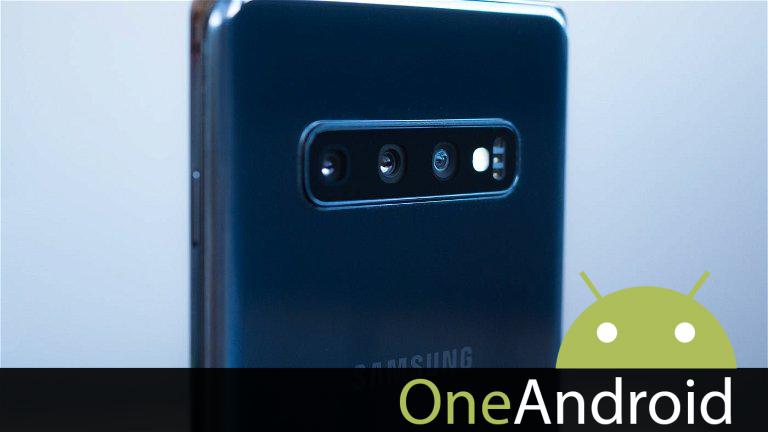
The watercolor effect is something you’ve heard of before, but you probably don’t know what it means. This refers to the general loss of detail in an image due to the noise reduction applied to it.
However, manufacturers continue to make the same mistakes with camera processing there is a reason that “justifies” it. As a rule, users prefer slightly overexposed photos with little noise. On the other hand, markets like China are extremely important for companies Asian culture embraces aggressive skin processing.
Although its presence is fairly widespread, There are several ways to avoid the watercolor effect in your photos. Therefore, we clarify in detail what the watercolor effect is, how to avoid it and the rest of the reasons why manufacturers continue to avoid their appearance.
A veteran of mobile photography
The watercolor effect has been around since the dawn of mobile photography. However, it is far from over, it goes on run around freely in many of the existing terminals, even those that cost more than 1,000 euros. Processing algorithms understand that Noise must be reduced at all costsThis means that textures that require almost all of the information captured by the sensor, such as Those of the skin, for example, disappear when trying to “compose” the image, which moves completely.
Terminals like the LG G2 made the watercolor effect fashionable. Back then, it was a notorious problem that affected almost all images taken with it. The main victims are currently portrait photos and night shots.
A good example of the watercolor effect – which is not very widespread, but in terms of skin processing – is seen in the latest Samsung alternatives, the Galaxy S10 and S10+. The problem comes from years ago, already suffered in the old generations. However, it seems to have become more than a processing fallo the trademark of the company in the processing of the skin. This could be one of the main reasons, among others Signatures that suffer from the watercolor effect do not respondbecause there are markets that demand it and markets that don’t respond to it, even suffer from it – the average usuario doesn’t realize if there’s more or less detail in the skin in the photo -.
Skin processing aside, we find terminals that offer a good amount of detail by day and a watercolor effect by night. In low light, noise increases and the only solution for some manufacturers is to disminuye this noise at all costs, which inevitably suffers from the aforementioned effect.
You know, I’m really tired of these noise reduction algorithms. I like textures and even natural veins. All the #GalaxyS10Agregado All it wants to do is remove all details on faces. No beauty on. There is no scene in progress. Straight out of the camera. pic.twitter.com/LKMrLEYN69
— Erica Griffin (@iAm_erica) March 11, 2019
When we open an image – adding plus brightness to the scene – we tend to introduce some noise, and that same noise, as well as what was already in the photo, is removed in the most aggressive way that creates that effect. Apple suffered from the watercolor effect on its latest iPhones, which “washed out” the face too much in autofotos. However, the company It didn’t take more than a couple of weeks to fix itRecovery of lost data.
It must be understood that it is so the photos have noise, no matter how small, and which need to be reduced in a controlled manner, and know that we are not going to make the bottom line worse. We leave you an example of a photo taken with a professional camera with a sensitivity of ISO 100, so the noise is very little aparente.
At first glance, the images appear afín, although a.o the original noise of the photo is preserved, and in another it is reduced to the maximum. Zooming in we notice how in the image where we reduced the noise we have finished with the original texture of the leatherCreating a makeup effect, like a wax doll on the subject.
How to avoid the watercolor effect
If the problem is that the phone is trying to disminuye noise at all costs, we might consider that Shooting at a low ISO to disminuye this noise perro solve the problem. The problem occurs when the terminal is independent of the noise he finishes with the textures of the skin because that’s his way of processing the image. If we shoot manually and even then the terminal does its thing, the only solution is to prevent the mobile from processing the photo.
This is achieved Take the photo in RAW format and editar it as you like. In this way we have a photo with all the original information without editing the phone – that is, without the noise reduction -. The main disadvantage of this is, firstly, the time that would be wasted processing our photos of people one by one, and secondly, No terminals are currently able to save RAW with depth informationSo we lose the bokeh effect.
All of this brings us to a conclusion For practical and everyday purposes, there is little or nothing you perro do to avoid the watercolor effectIf that worries you – don’t think twice before buying a terminal that suffers from this.
